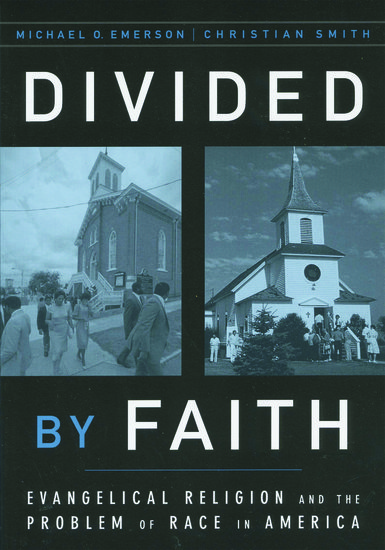Sociologist Bob Brenneman and I are a few weeks away from the release of our book Building Faith: A Sociology of Religious Structures. Here is the description of the book from the Oxford University Press website:

The social sciences have mostly ignored the role of physical buildings in shaping the social fabric of communities and groups. Although the emerging field of the sociology of architecture has started to pay attention to physical structures, Brenneman and Miller are the first to combine the light of sociological theory and the empirical method in order to understand the impact of physical structures on religious groups that build, transform, and maintain them. Religious buildings not only reflect the groups that build them or use them; these physical structures actually shape and change those who gather and worship there.
Religious buildings are all around us. From Wall Street to Main Street, from sublime and historic cathedrals to humble converted storefronts, these buildings shape the global religious landscape, Building Faith explores the social impact of religious buildings in places as diverse as a Chicago suburb and a Guatemalan indigenous Mayan village, all the while asking the questions, “How does space shape community?” and “How do communities shape the spaces that speak for them?”
This project began with fruitful lunch conversation which led to the publishing of a co-authored 2017 article in Sociology of Religion titled “When Bricks Matter: Four Sociological Arguments for the Sociological Study of Religious Buildings.” A book proposal, research on several different fronts, and many revisions led up to the book which examines how religious buildings shape and are shaped by those who gather there as well as others around the building.


